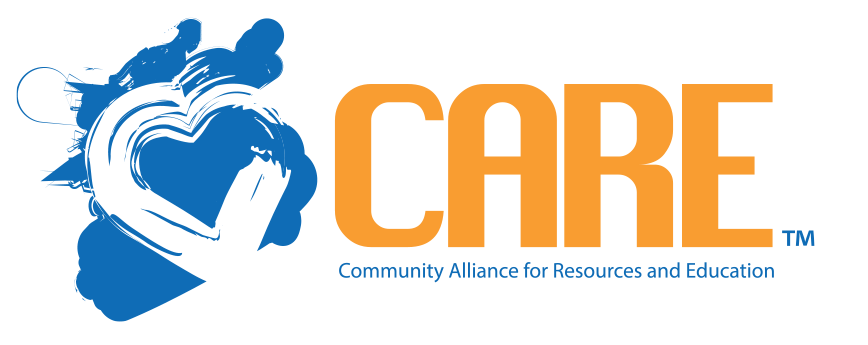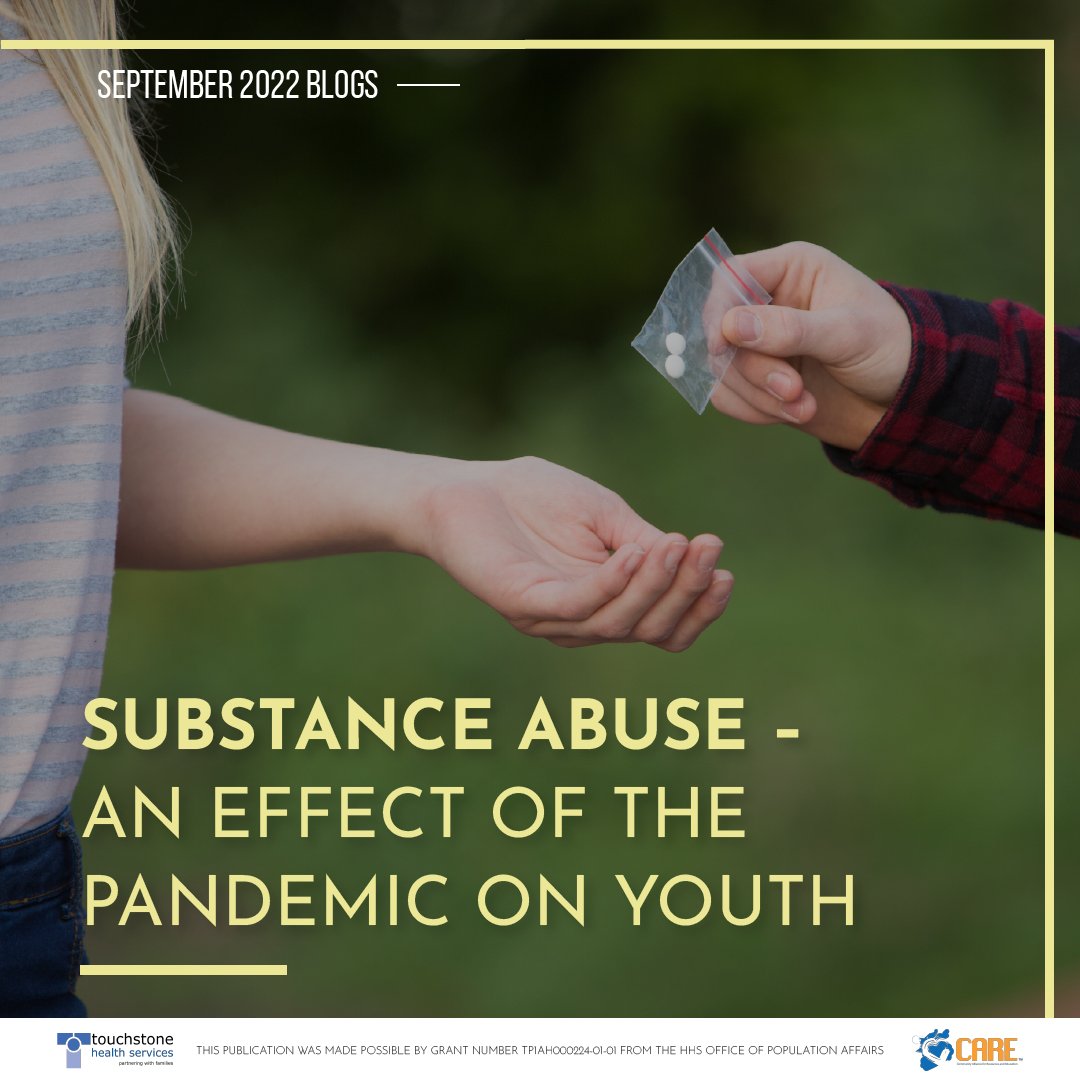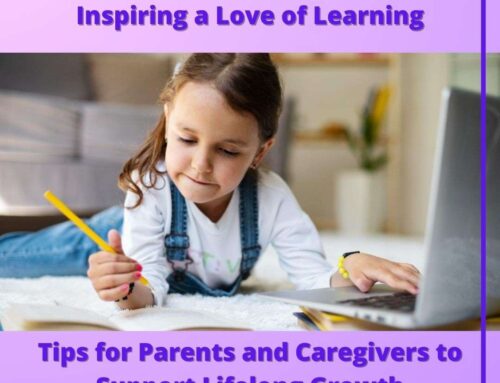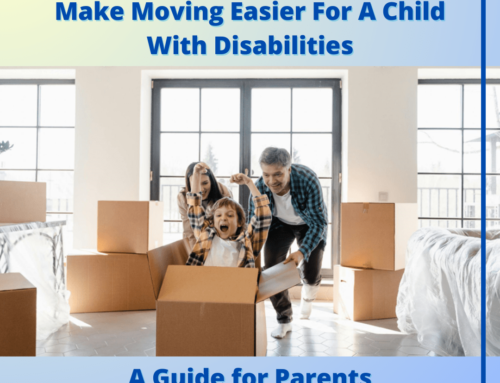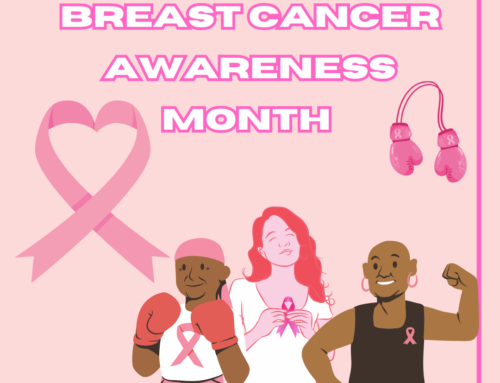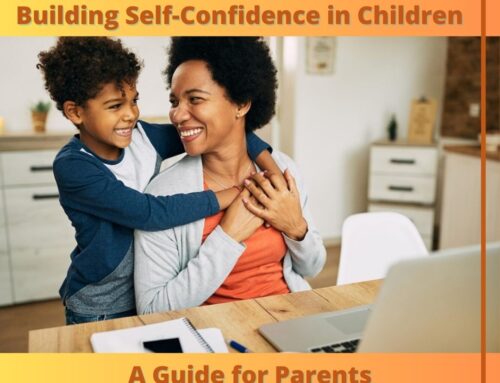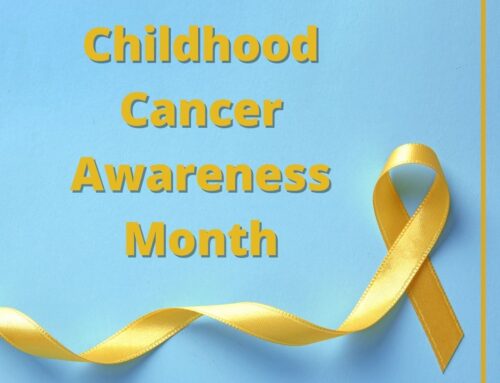Substance Abuse – An Effect of the Pandemic on Youth
Greeting readers!
Substance abuse has been a thing since the beginning of time. From alcohol to harsher opioids, prescription drugs, and other narcotics, adults know all too well the effects of these substances and how dangerous and addictive they can be. Youth on the other hand face a greater challenge when it comes to understanding the effects of these substances.
There are many reasons for a person to turn to drugs or other substances. For youth, the reason could be a deeper meaning than those obvious ones such as peer pressure and the need to be accepted. In more recent years, the pandemic has posed significant stress not just on adults but also on all young people. One struggle that youth faced during quarantine is they lost a significant amount of time to be around their peers. Not only did this affect their ability to effectively communicate with friends and family but it made it even more difficult for youth to depict their feelings, emotions, likes, and dislikes to everyone in their social circles.
Below are some of the most used substances by adolescents according to the CDC.
Although it is illegal for people under 21 years of age to drink alcohol, the findings show that people from 12 to 20 years of age consume about one-tenth of all alcohol consumed in the United States. (CDC, 2020)
When it comes to opioids, a study done in 2016 states: “Although opioid use is decreasing among high school students, in 2016 nearly four percent of the approximately 12 million adolescents aged 12 to 17 reported misusing opioids over the past year. This usage was even higher at seven percent among older adolescents and young adults, aged 18 to 25. The majority of this misuse was due to prescription drugs, not heroin.[1]
Although the overall rate of death from opioid misuse is low, the rate of overdose deaths among adolescents is increasing. For instance, in 2015 there was more than 4,200 youth aged 15 to 24 who died from a drug-related overdose, and more than half of these deaths were due to opioid misuse.” (youth.gov, 2017)
As mentioned before, the pandemic has made it even more difficult for youth to communicate and express their feelings to those closest to them. This is one of the main reasons youth have turned to these substances. To suppress and avoid their feelings, youth use these substances not only to get the attention they seek but, also to help manage the emotions that made a negative impact on their lives.
Here is how YOU can be a Prevention Partner:
